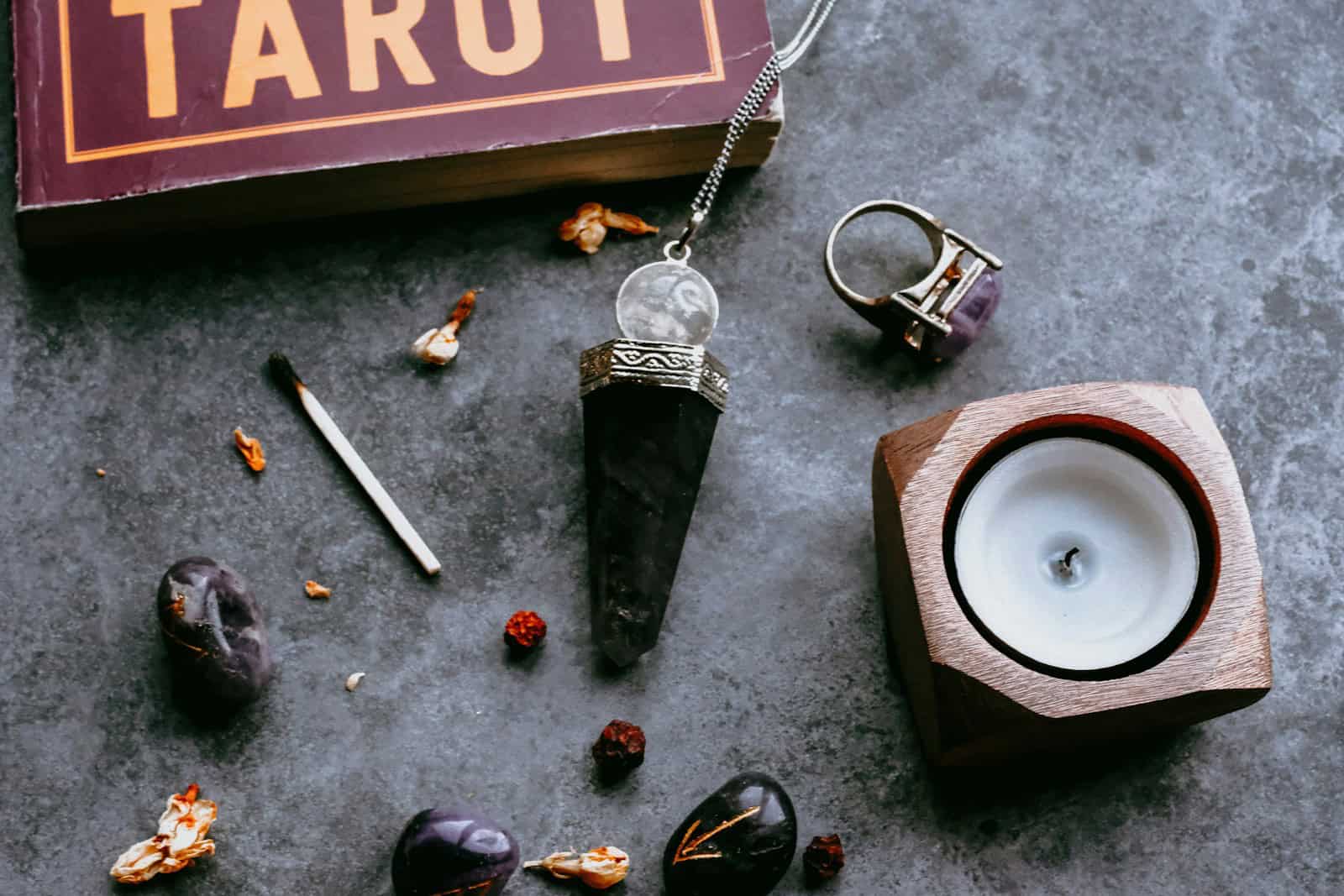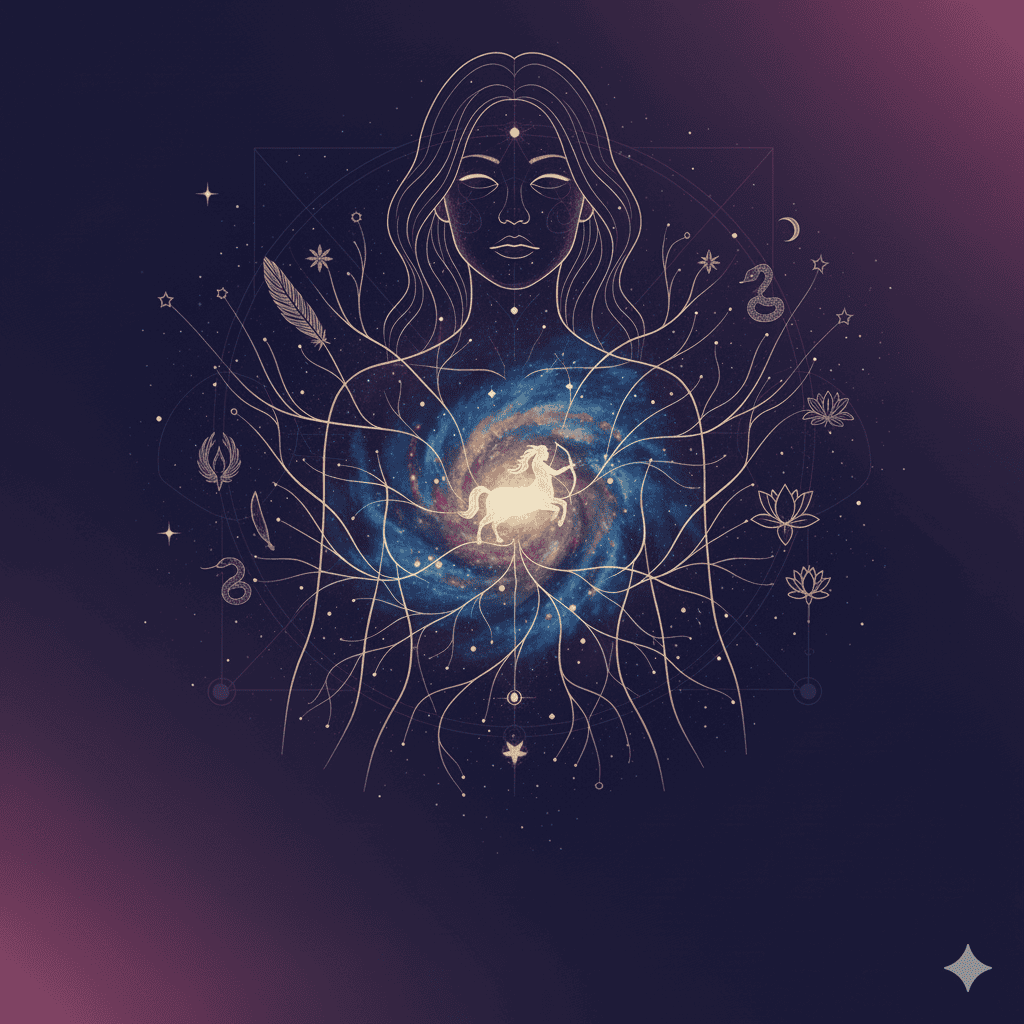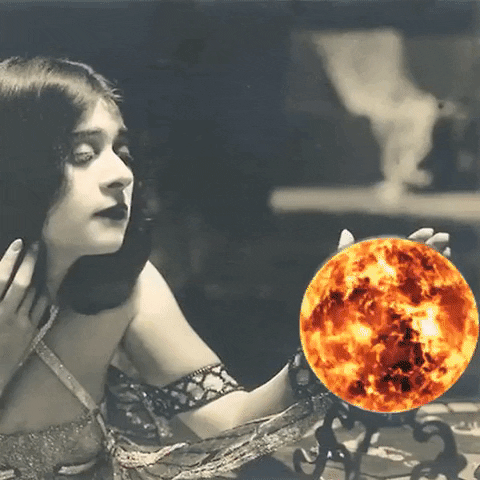The origins of runes can be traced back to the 1st century AD, with the earliest known runic inscriptions found in Denmark and Germany. The runic alphabet, known as the Elder Futhark, consisted of 24 symbols that represented sounds in the Germanic languages. Over time, the runic alphabet evolved and different variations emerged, such as the Younger Futhark and the Anglo-Saxon Futhorc.
The spread of runes across Europe can be attributed to the migration of Germanic tribes. As these tribes moved across the continent, they brought their language and writing system with them. Runes were primarily used for inscriptions on various objects, such as weapons, tools, jewelry, and even gravestones. These inscriptions served as a way to communicate messages or mark ownership.
The Significance of Runes in Germanic Tribes
In Germanic culture, runes held great significance and were deeply intertwined with everyday life. They were believed to possess magical properties and were used in rituals and ceremonies. For example, runes were often carved onto amulets or talismans for protection or to bring good luck. They were also used in divination practices to gain insight into the future or seek guidance from the gods.
Runes played a crucial role in Germanic religious practices and were associated with the god Odin. According to Norse mythology, Odin discovered the runes after hanging himself from the World Tree, Yggdrasil, for nine days and nights. He then shared his knowledge of the runes with humanity, making them a sacred gift.
Understanding the Runic Alphabet and Its Symbols
The runic alphabet consists of a series of symbols known as runes. Each rune represents a specific sound or phoneme in the Germanic languages. The Elder Futhark, the oldest known runic alphabet, consists of 24 symbols. Each symbol has its own name and meaning.
For example, the first rune in the Elder Futhark is called Fehu, which represents wealth and abundance. The second rune is called Uruz, which symbolizes strength and vitality. Each rune has its own unique energy and symbolism, making them powerful tools for divination and magic.
To read and interpret runes, one must familiarize themselves with the meanings of each symbol. This can be done through studying runic texts and literature or seeking guidance from experienced practitioners. Reading runes involves drawing a set number of runes from a bag or casting them onto a surface, and then interpreting their meanings based on their position and relationship to each other.
The Use of Runes in Divination and Magic
The use of runes for divination dates back centuries. In ancient times, runes were often cast onto a cloth or a designated area, and then interpreted based on their position and relationship to each other. This method is known as rune casting or rune reading.
There are different methods of using runes for divination, such as the Three Rune Spread, where three runes are drawn to represent the past, present, and future. Another popular method is the Celtic Cross Spread, which involves drawing ten runes to gain insight into various aspects of one’s life.
In addition to divination, runes were also used in magic and spellwork. Each rune carries its own unique energy and symbolism, making them powerful tools for manifesting desires or invoking specific qualities. For example, the rune Thurisaz, which represents protection, can be used in spells or rituals to create a protective barrier or ward off negative energies.
The Role of Runes in Viking Culture and Mythology
Runes held immense importance in Viking culture and mythology. They were believed to possess magical properties and were associated with the god Odin, who was considered the god of wisdom, war, and magic. According to Norse mythology, Odin sacrificed himself to gain knowledge of the runes, making them a sacred gift to humanity.
Runes were often used in Viking rituals and ceremonies. They were carved onto objects such as weapons, shields, and ships to invoke the protection and blessings of the gods. Runes were also used in funeral rites to guide the deceased to the afterlife.
Examples of runes can be found in Viking artifacts and literature. The most famous runic artifact is the Rök Stone, a large stone monument covered in inscriptions that tell the story of a warrior’s heroic deeds. The Poetic Edda, a collection of Old Norse poems, also contains references to runes and their magical properties.
How Runes Were Used in Writing and Inscriptions
Runic writing was primarily used for inscriptions on various objects. These inscriptions served different purposes, such as marking ownership, recording historical events, or conveying messages. Runic inscriptions have been found on weapons, tools, jewelry, gravestones, and even runestones.
Runestones are large stones that were erected as monuments or memorials. They often contain inscriptions that commemorate important events or individuals. These inscriptions provide valuable insights into the history and culture of the Germanic tribes.
Runic writing was widely used until the Middle Ages when it gradually fell out of use with the spread of the Latin alphabet. However, runic inscriptions continue to be studied and deciphered by scholars, providing valuable information about the past.
The Importance of Runes in Modern Paganism and New Age Spirituality
In modern times, runes have experienced a resurgence in popularity among those who follow pagan or New Age spiritual paths. Runes are seen as powerful tools for personal growth, self-discovery, and spiritual connection.
In modern paganism, runes are often incorporated into rituals and practices. They can be used for divination, spellwork, meditation, or as a means of connecting with the gods and goddesses of the Norse pantheon. Many pagans also use runes as a form of personal empowerment, drawing on their energy and symbolism to manifest their desires or overcome challenges.
Runes are also embraced by those seeking personal growth and spirituality outside of specific religious traditions. They are seen as a means of tapping into one’s intuition and inner wisdom. By working with runes, individuals can gain insight into their own strengths, weaknesses, and life path.
The Mystery and Intrigue Surrounding the Interpretation of Runes
Interpreting runes can be a complex and nuanced process. While there are established meanings for each rune, their interpretation can vary depending on the context and the individual’s intuition. This adds an element of mystery and intrigue to working with runes.
Different practitioners may have different interpretations of the same rune based on their personal experiences and understanding. Some may rely on traditional meanings passed down through generations, while others may develop their own unique interpretations based on their connection with the symbols.
Intuition plays a crucial role in interpreting runes. It is important to trust one’s instincts and allow the energy of the runes to guide the interpretation process. This personal connection with the symbols can bring deeper insights and meaning to the readings.
The Impact of Runes on Contemporary Art and Design
The beauty and symbolism of runes have also made them a popular motif in contemporary art and design. Runes are often incorporated into jewelry, clothing, tattoos, and other forms of artistic expression. They are seen as a way to connect with the past and embrace the mystique and power of the symbols.
Contemporary artists and designers often draw inspiration from the ancient runic inscriptions found on artifacts and runestones. They may incorporate runic symbols into their work to evoke a sense of mystery, spirituality, or connection to nature.
Runes have also made their way into popular culture, appearing in movies, video games, and literature. They are often used to convey a sense of ancient wisdom or magical powers. This further contributes to the enduring legacy of runes in contemporary culture.
Exploring the Fascinating World of Runes and Their Enduring Legacy
The world of runes is a fascinating one, filled with history, mythology, and spiritual significance. The enduring legacy of runes can be seen in their continued use in modern paganism, New Age spirituality, and contemporary art and design.
By exploring the world of runes, one can gain a deeper understanding of the past and connect with ancient traditions. Working with runes can also provide valuable insights into oneself and aid in personal growth and spiritual development.
Whether one is drawn to the historical significance of runes or seeks to tap into their mystical powers, delving into the world of runes is an enriching and rewarding experience.
Runes hold a special place in history and culture, with their origins dating back centuries. They were not only a form of writing but also possessed magical and divinatory powers. Runes played a significant role in Germanic tribes, Viking culture, and mythology. Today, they continue to captivate people’s imagination and are embraced by modern pagans and those seeking personal growth and spirituality.
The runic alphabet consists of a series of symbols, each with its own unique energy and symbolism. They can be used for divination, magic, and personal empowerment. Runes have also made their mark in contemporary art and design, adding a touch of mystery and spirituality to various forms of artistic expression.
Exploring the world of runes allows us to connect with the past, gain insights into ourselves, and embrace the enduring legacy of these ancient symbols. Whether one is drawn to their historical significance or seeks to tap into their mystical powers, runes offer a fascinating journey of discovery and self-exploration.
If you’re fascinated by ancient symbols and their mystical meanings, you may find the article on Runes from a Germanic tribe in Europe intriguing. These ancient symbols have been used for centuries as a form of divination and communication. To delve deeper into the world of Runes and their significance, check out this article on Astrology SA. Discover the hidden wisdom behind these powerful symbols and unlock their secrets.





